Formerly all the textures were prepared in Photoshop, in material editing used finished images that was received as the Photoshop output. If I needed to edit the texture, I've returned to Photoshop. Exceptions were in cases when only contrast should be changed - I used curves in texture's Output menu for it. It's standard approach, which lets someone to edit materials without complicating its structure, and in the beginning I wasn't intended to digress from using it.To begin, I needed to define resoluton of the texture that I had to work with.
There was no sense to make a unique drawing of the texture for the whole object, as it would be partially hidden by another models. Besides that, for that moment I worked in 32-bit WinXP and was restricted by 2GB RAM limits for a program, I had to lay all this scene in such a Procrustean bed. I wrote "3gb" line in boot.ini and it gave me a little space to act, but I still needed to use memory sparingly. So, when unwrapping was done, I scaled it in such a way that 3dmax's unwrap projection contained only these parts, that could be seen in two views minimum. This way I've got a square with the model of bike in the centre of it - this square doesn't cover all visible ground areas which leads to texture tiling, but, as it doesnt fully appear in field of view of any camera in scene, tiling won't be visible, as tiled part of the texture'd be outside of the screen, or hidden beneath environment

Texturing region was determined, now here comes the resolution. To define it, I used 1000x1000px texture for the object, by which I intended to imitate ground, and made some renders in final resolution, increasing tiling until aliasing disappeared. Figures I got looked bad - the tiling measure increased to 12. It means that I needed to use 12000x12000 texture to get decent picture of ground, while for that moment 3dMax crashed when I tried to use textures with 4096px on larger side.
One thing I could do is assemble needed texture from smaller ones _inside_ 3DMax this way:
- I took some texture of tarmac, rocks, earth, mud and sand
- set the texture scales to the scene scale by setting tiling measure for each one of these textures
- made lighter and darker variants for each texture
This way i got about 30 layers I needed to blend with each other to "break" the tiling of each layer and to remove synthetic uniformity it made, making the final texture more natural and credible. Following the same principle I also made sure if tiling of textures with same resolution have different values, in order that seams between the tiles on different layers don't lay in the same places. Then, using the Mix map, I began to blend these layers.
In the beginning i intended to use procedure maps as masks, but wasn't satisfied with the result, and decided to use textures. I was limited in their maximum resolution as before, but, as they were used to mark the sections of layers' mixing, they could be stretched without risk of worsen the final image, as the scale of layers was remained the same. Cheating it is, and it led to some artifacts, but they were easy to remove with Healing Brush in Photoshop
At this phase the scene was highly unstable, 3Dmax was ready to crash in response to any careless action, that's why the ground material is primitive - I've placed the final texture in Diffuse slot and finished with it. For displace I used a copy, to have opportunity to control displace's height and direction, without changes in Diffuse.

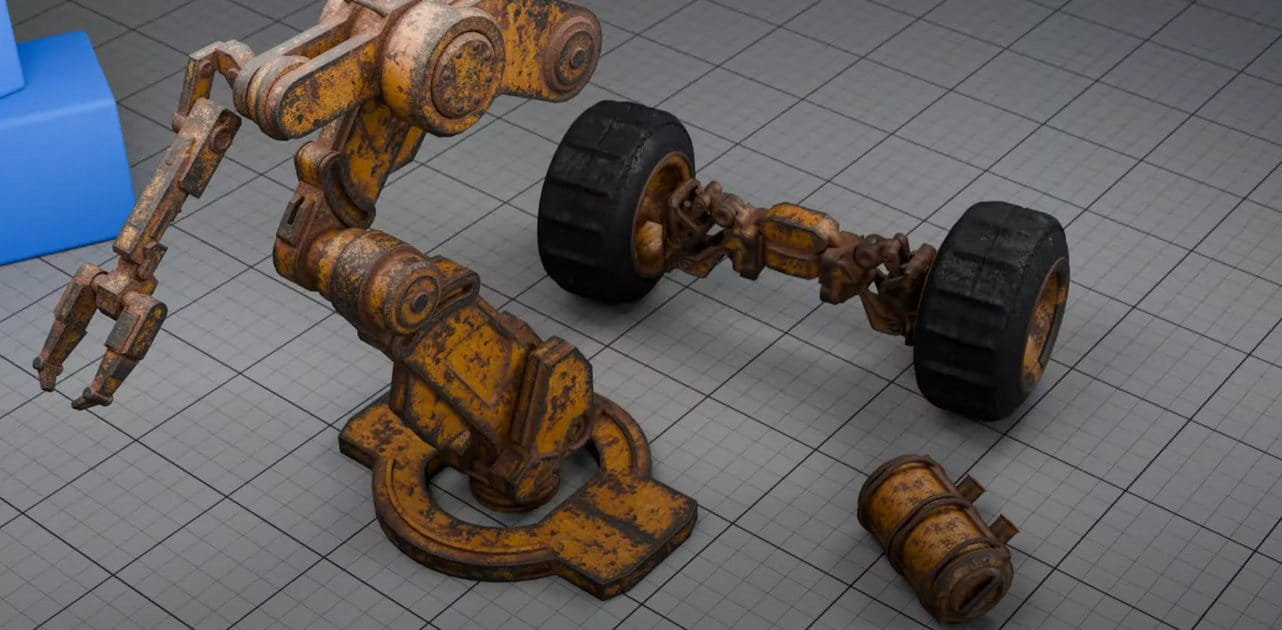


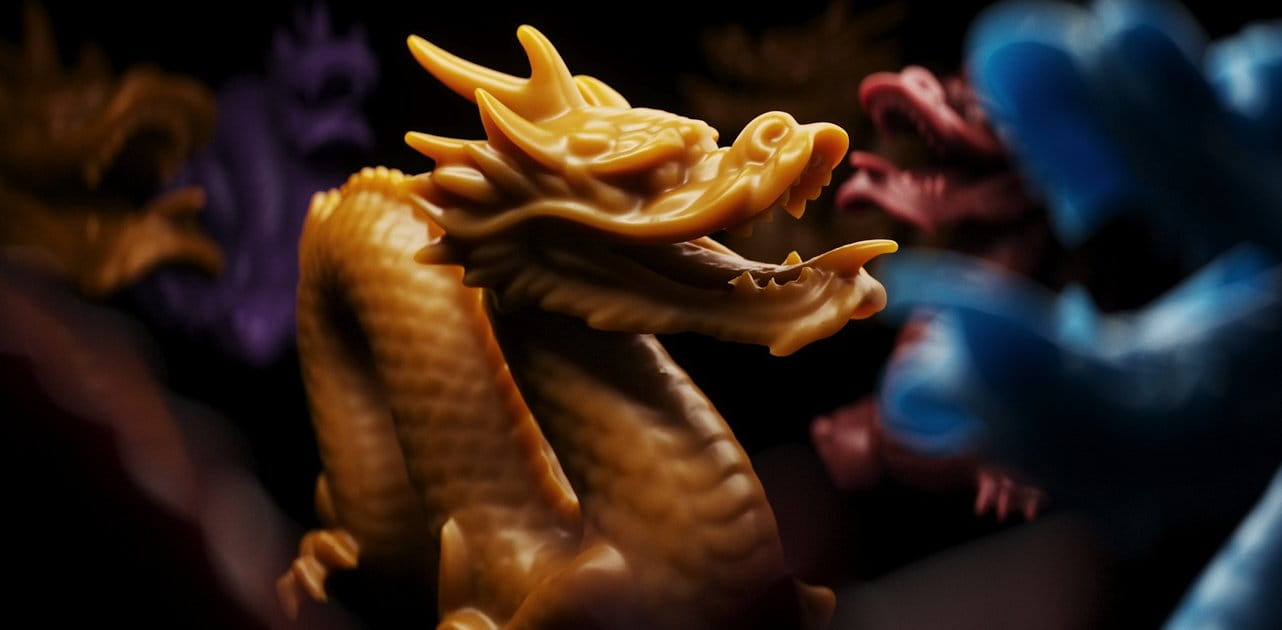
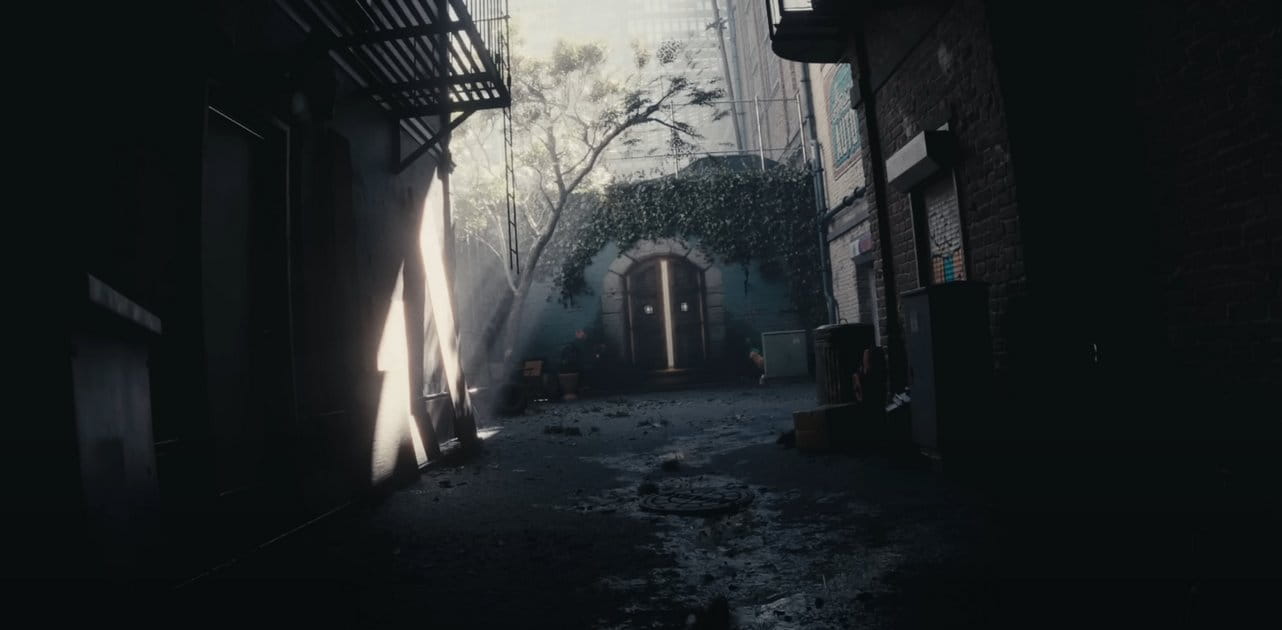
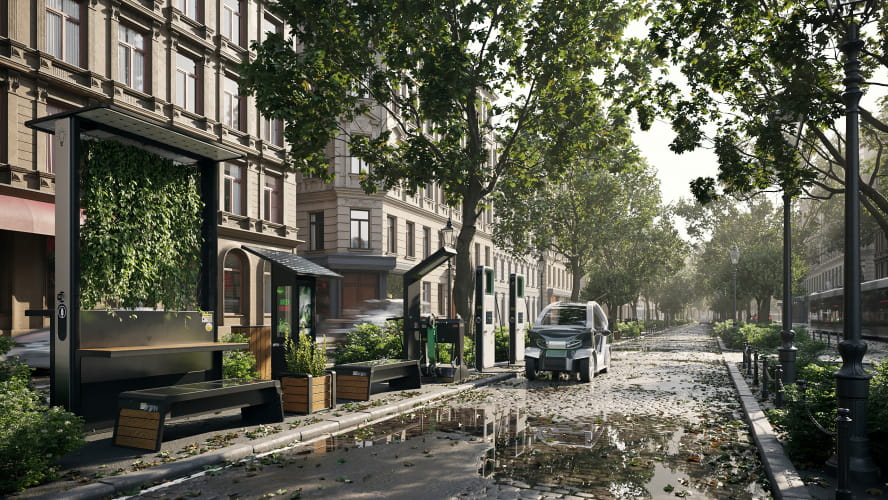
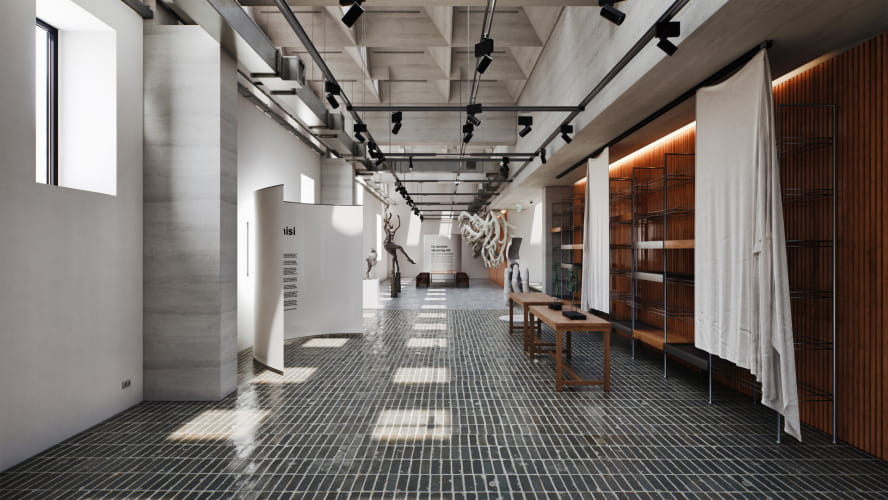
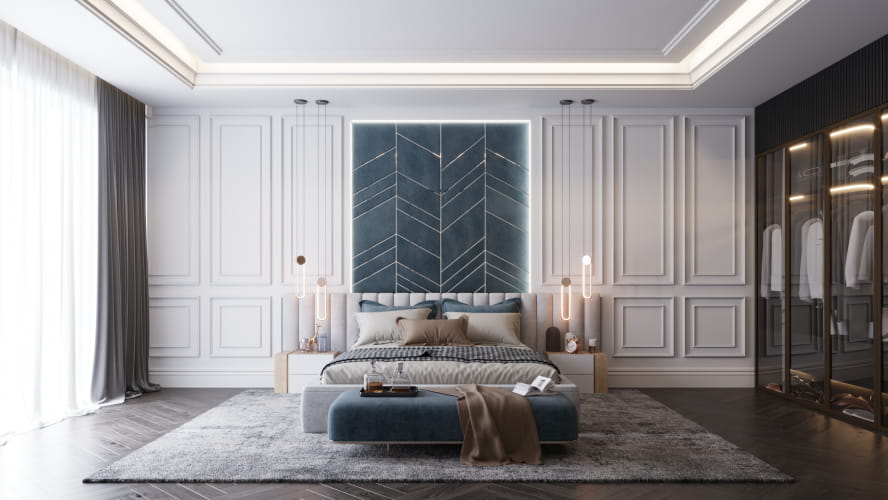
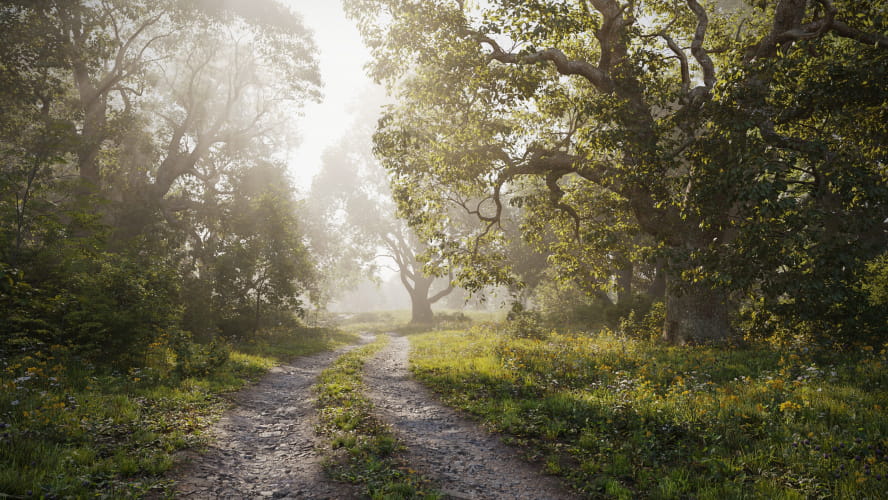
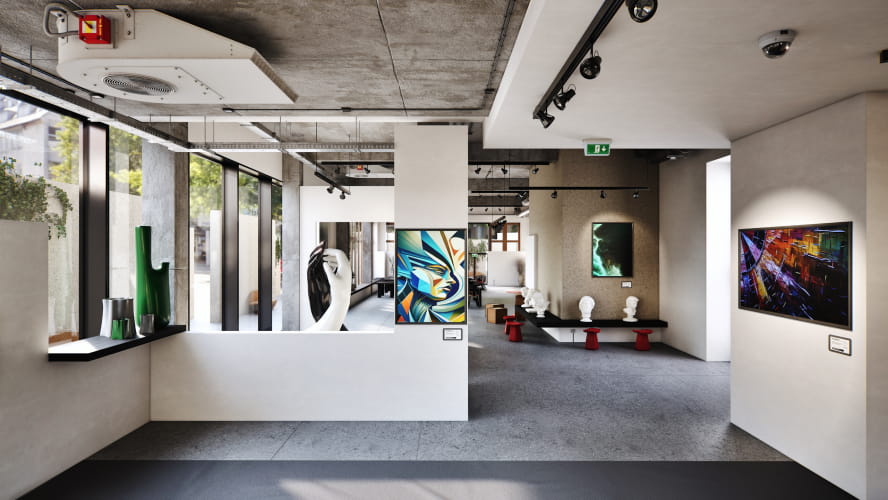

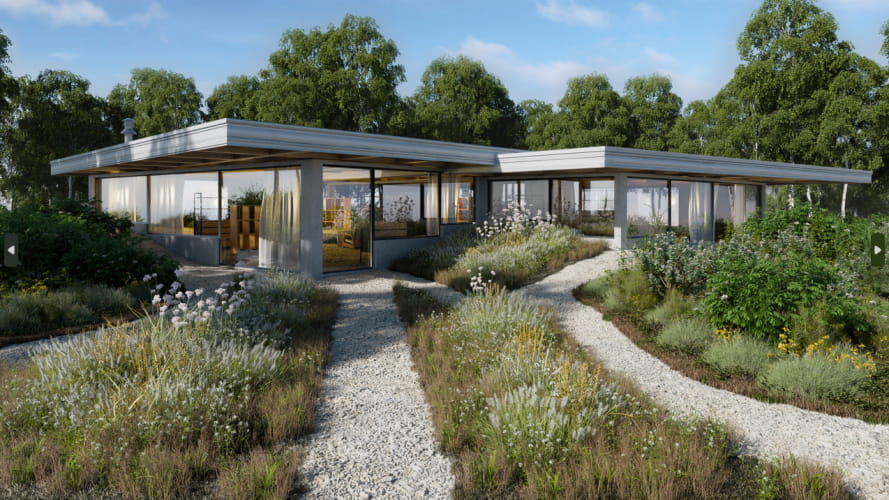
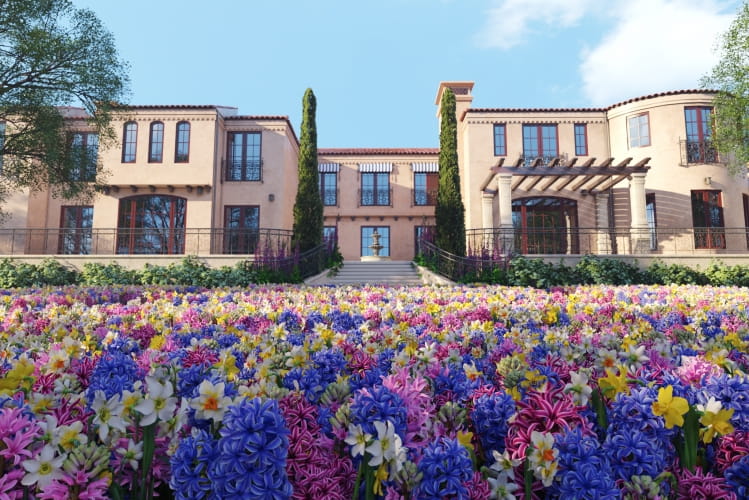

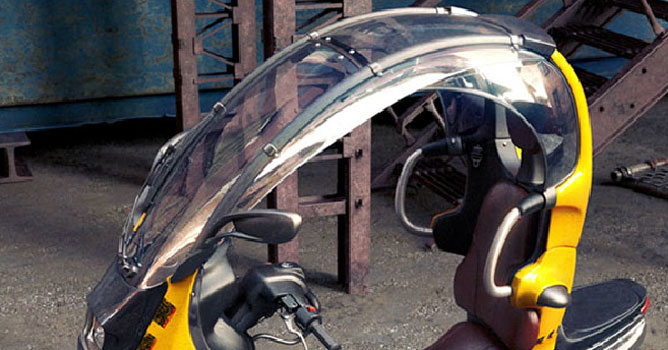
















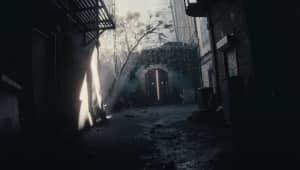
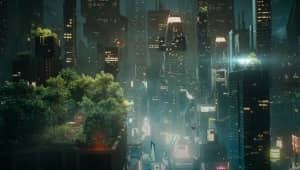
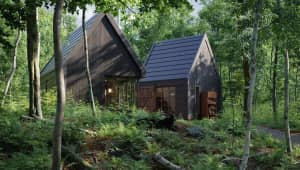
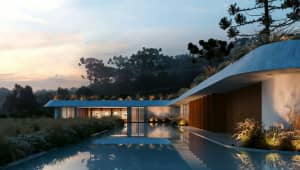
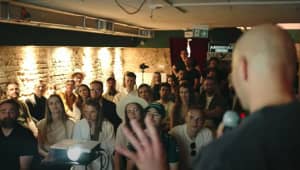
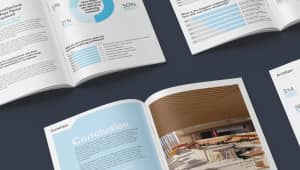
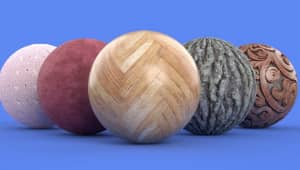














COMMENTS